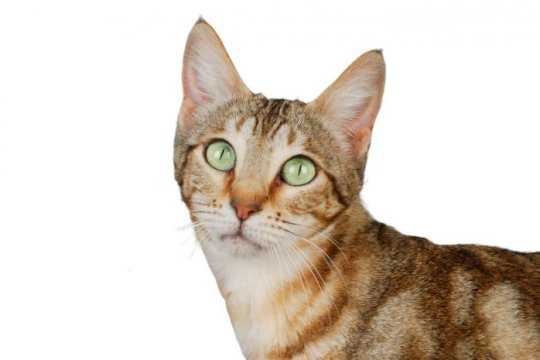Your Cart Is Empty
✖No products in the cart.

Kenya
7"- 8"
5-10 pounds
15-20 years
Friendly, intelligent, dog-like, inquisitive
Sokoke Forest Cat, African Shorthair, khadzonzo or kadzonzo
Medium-sized short-haired
$500 - $2000
Sokoke cats cost between $500 - $2000.
Sokoke cats tend to be medium in size. A fully grown Sokoke cat might weigh between 5-10 pounds or more and range in height anywhere from about 7"- 8" inches tall.
The Average lifespan for Sokoke is 15-20 years.
Sokoke are short-haired cats. Therefore, they do not shed as much as long-haired cat breeds.
Amidst the realm of feline diversity, reside the distinct breeds that captivate our attention. Feline inhabitants create a harmonious symphony of fur, whiskers, and personalities that enrich our lives
© 2024 CATLIVES. All Rights Reserved.